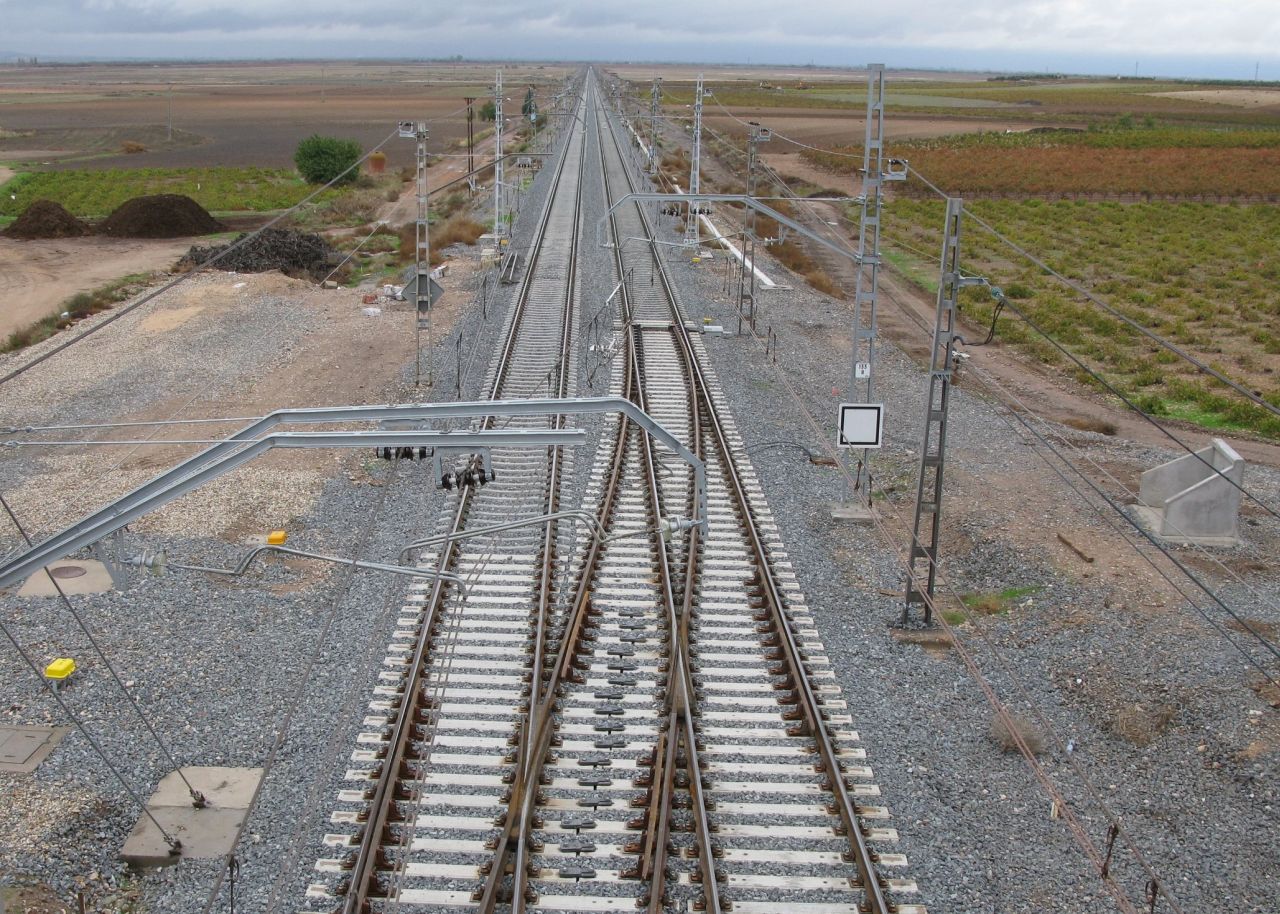Adif has announced a EUR 660 million investment for rail maintenance across its conventional and narrow-gauge rail networks over the next four years, with an option for extension. This comprehensive contract covers 10,300 kilometers of conventional railway lines and 1,200 kilometers of narrow-gauge tracks, ensuring the continued reliability and availability of passenger and freight services.

The initiative is designed to guarantee the safe and efficient operation of local, medium, and long-distance passenger transport, as well as freight services. The contract outlines regular maintenance activities, including inspections, monitoring, and reinforcement of tracks, bridges, viaducts, tunnels, and other key infrastructure. Specific upgrades and replacements will be carried out as identified during routine inspections.
Adif has also integrated adaptable human and technical resources to align with ongoing rail maintenance efforts across the network. Dedicated on-call teams will ensure rapid response to incidents, minimizing disruptions and maintaining service reliability.
To address the complexity and scale of the work, Adif will deploy specialized technical teams equipped to handle the demands of maintaining the extensive rail infrastructure. The contract is divided into six geographical lots, facilitating targeted maintenance and resource allocation. It also includes the procurement of essential materials and track components required for the upkeep of the network.
This contract complements existing agreements for maintaining other critical systems within the conventional network, such as electrification, signaling, and communication systems. Together, these efforts support Adif’s overarching commitment to ensuring the efficiency and sustainability of its rail infrastructure.
The initiative aligns with several United Nations Sustainable Development Goals (SDGs). Specifically, it contributes to SDG 9, which emphasizes building resilient and sustainable infrastructure, as well as SDG 7 (sustainability) and SDG 8 (economic growth and job creation).
Share on:



